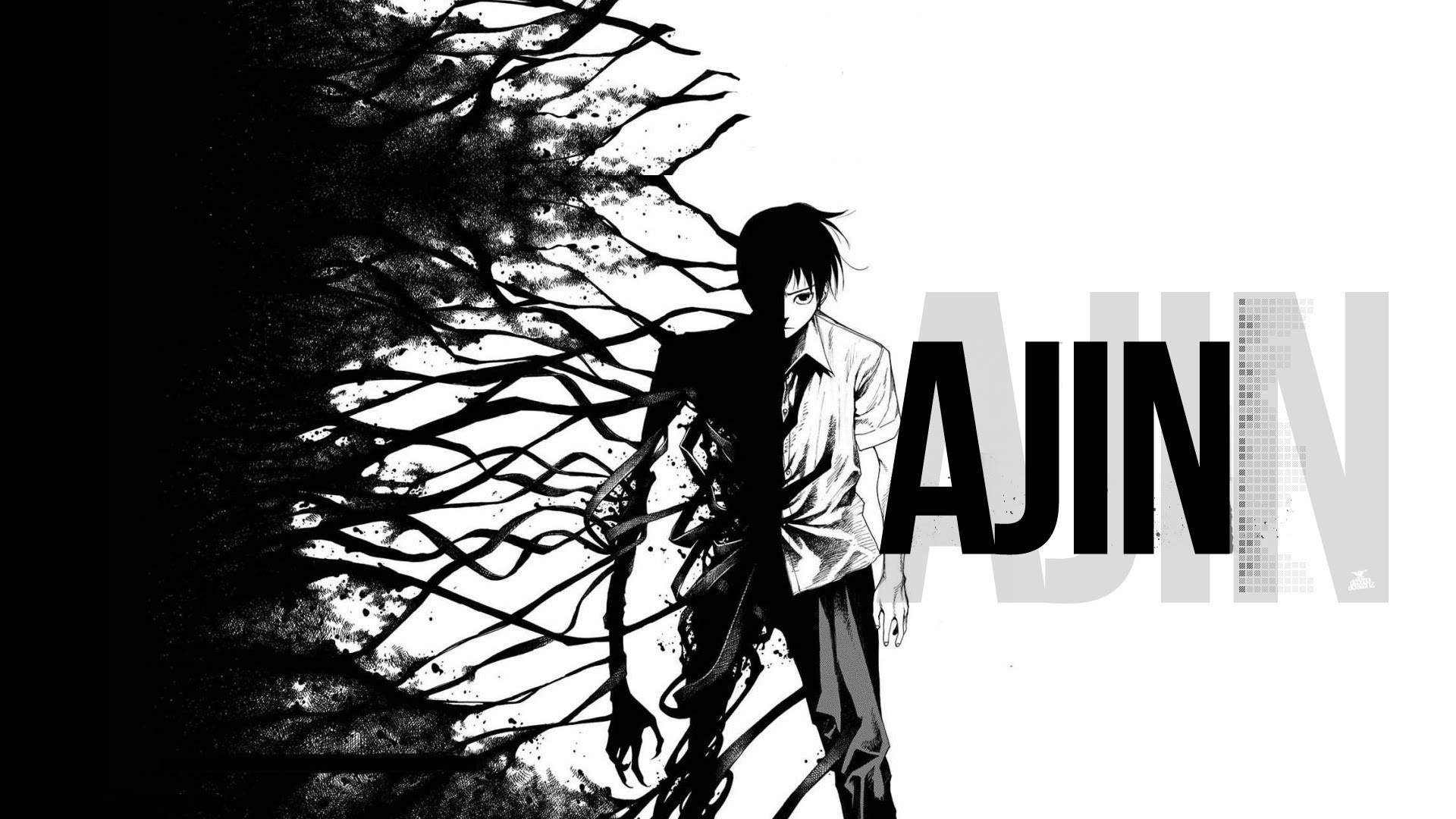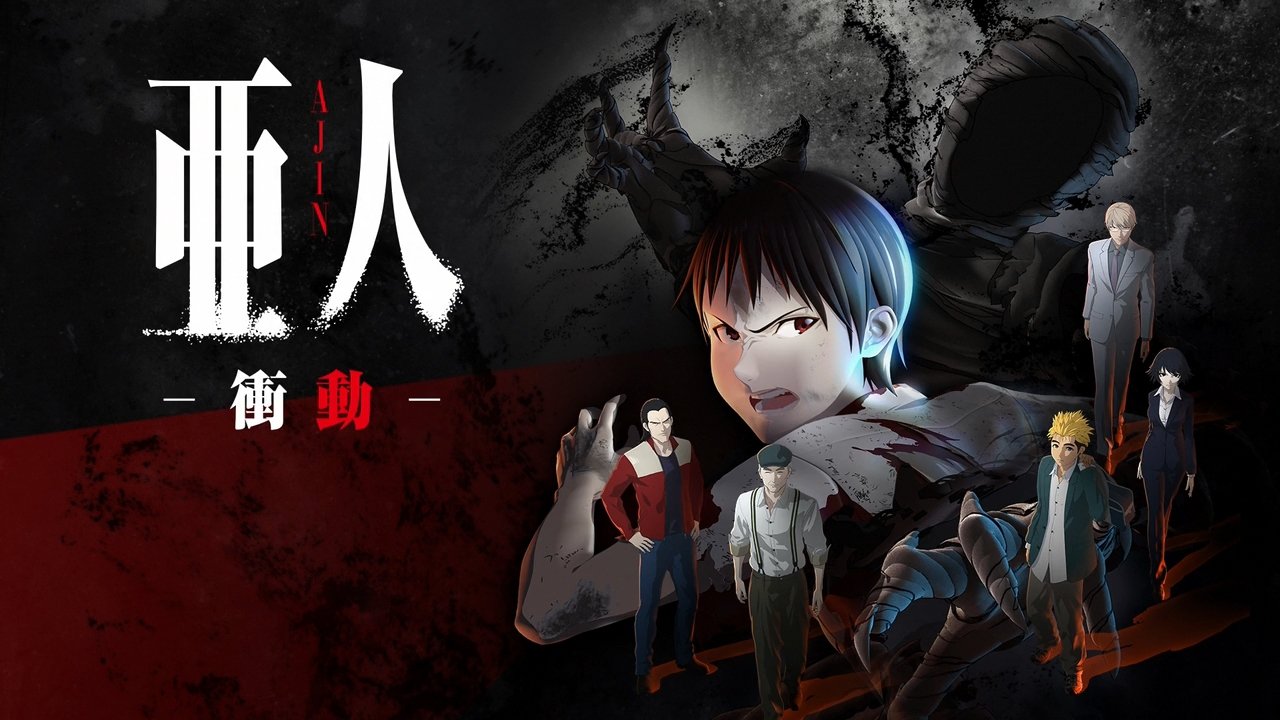Ajin (Misanthropic Anime)
Really need to do more anime, so let’s bring it back with Ajin, a series well-known to anime fans but with far less reach into the world above (read: loser kingdom), in spite of both of the current seasons being streamed on Netflix back in 2016. Yeah, I know, we around here have other ways of watching these things, I’m just giving some history. Originally released on Japanese television by the excellent Polygon Pictures, and based on the manga, as is typical, Ajin met with much critical acclaim in Japan and the nether regions where we here dwell, but in spite of that you probably haven’t heard of it, and this is possible even if you’re an anime fan. Low exposure? Good. Get a sampling below before I continue.
The basic premise of Ajin is that a new type of human exists called the “ajin.” In the current two seasons it is not revealed where they came from or what they are. They appear human in every possible way, with the exception they can never die, but there’s a nice twist to it. They feel any type of pain but can resurrect after being killed, and thus “reset” their bodies. Lose an arm? Shoot yourself in the head is the answer, start again, like a video game. They also have these separate dark entities that they can use to attack and defend. As would be expected, the filthy human race is using ajins for testing purposes, and some rise to create a new world order, primarily headed by a maniac named Satou. Against him are characters like the lead, Kei Nagai, who, though ajin, seek to live at peace. Between these two types, and yes there are tons of characters I’m not mentioning, you have the “Ministry of Health, Labour, and Welfare” trying to control the ajin, and Kei eventually works with some of them to stop Satou’s plans. That’s the basics.
Ajin‘s animation style is a bit unusual with a much slower, more realistic flow, which may be disconcerting if you’re used to anime with a faster movement. This sensation quickly settles as you delve further into the series and the major players and plot are revealed. Ajin often spends a great deal of time building ideas, giving you moments of WTF until it culminates into HOLY SHIT WTFFFFF moments. Satou, as a villain, is one of the greatest creations of this medium. He’s a deceptively calm, thoroughly spiteful figure with the single-minded goal of getting revenge on the human race by subjugating it. His past is only given in small portions, leaving him a mystery by the end of season two, but most beautiful is the way he develops as a thing willing to destroy itself while destroying others, simply because he can. The clear connections to gamer culture bring up the main philosophy within the story. The issues of human frailty, mortality, and community are the clear groundwork for what this series is about. The ajin themselves are an evolutionary step in a way, yet so close to us it easily raises questions of human power struggles, and the characters are far more nuanced than I imply. Kei, for example, though a “peaceful” ajin, is described as logically cold, meaning he’s willing to sacrifice friendship for his own personal gain, though this side of him changes throughout the two present seasons. Anime is known for pushing boundaries and shying away from PCness, and Ajin brings it to a more human level than is typical. Its pacing is sometimes slow, and the coloring tends to be purposefully drab and “real,” but these are minor faults after completing it, with scenes like the Satou showdown against the Japanese police using only a shotgun and riding a collapsing building just two moments you’ll never forget. Think about it yourself a bit, what a reset would be like eh?
Polygon Pictures Official Facebook
Written by Stanley Stepanic
Ajin
Polygon Pictures
4.2 / 5



